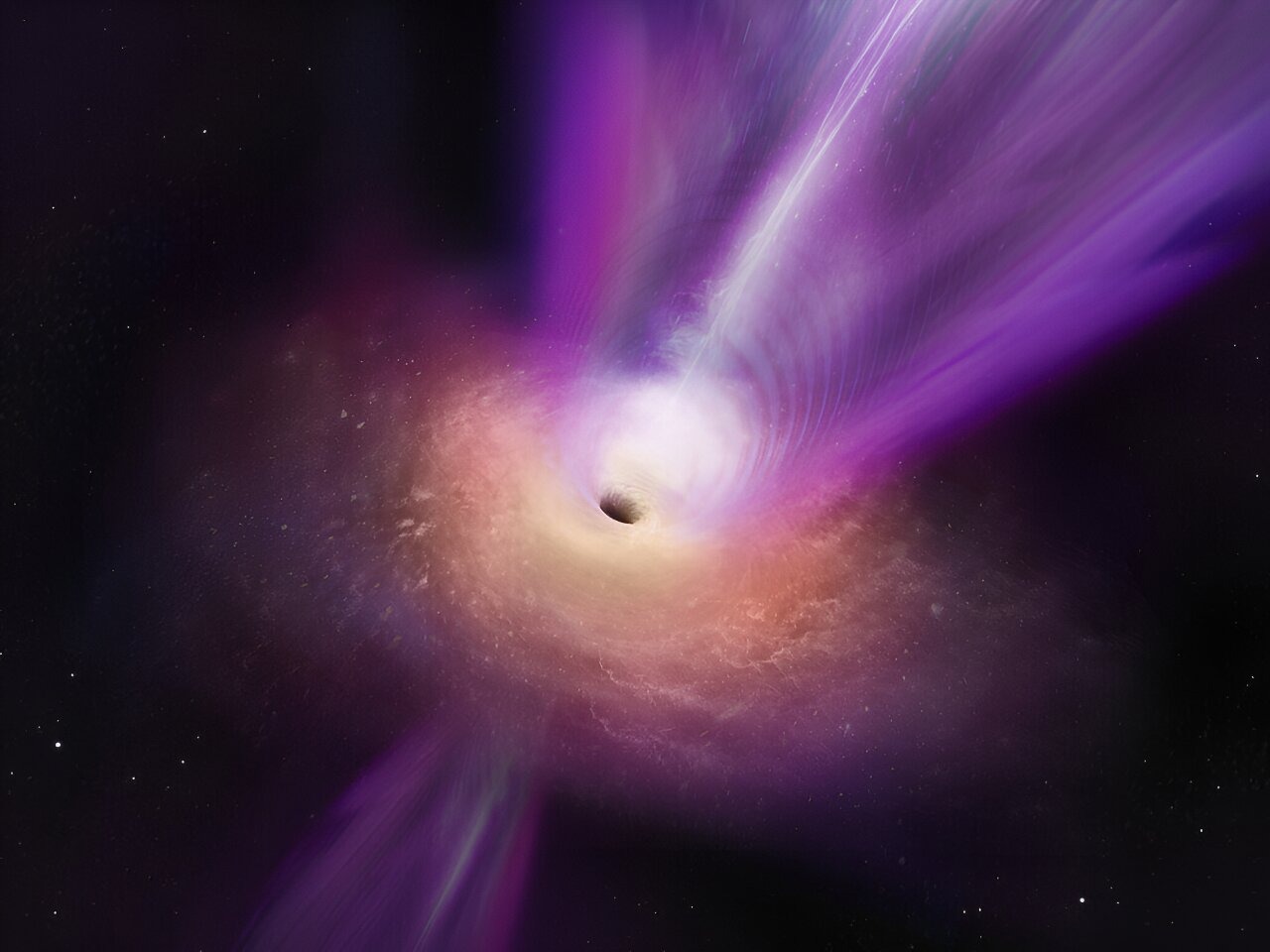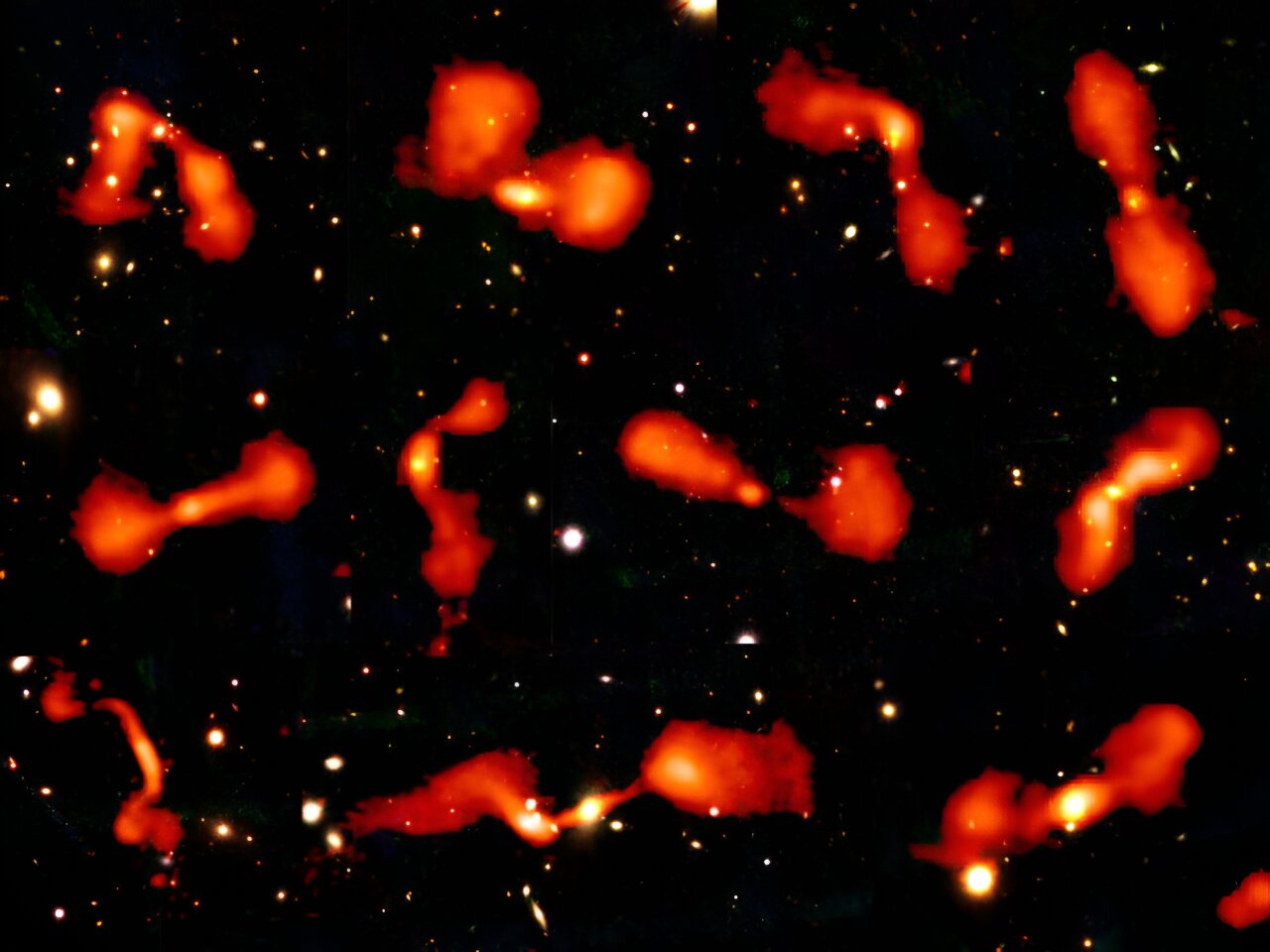The entire outer space is filled with galaxies that capture our imagination with their shapes, colors and diversity. Astronomers are investigating the processes that influenced their formation, focusing on the original black holes, which are considered catalysts for the growth and evolution of star systems and can explain the modern landscape of the Universe.

The journal Astronomy & Astrophysics published an article in which an international team from the Institute of Astrophysics and Space Sciences and the University of Lisbon, led by Rodrigo Carvajal, presents a new method of using machine learning to detect supernovae of galaxies in the early Universe.
These galaxies are considered active due to the presence of powerful black holes in their cores. The artificial intelligence-based algorithm, developed in collaboration with Closer, was trained on images of galaxies in different ranges of the electromagnetic spectrum. During testing, it demonstrated a fourfold increase in the accuracy of detecting radio galaxies compared to traditional methods.
The use of machine learning allows astronomers to more effectively detect such radio galaxies, which is an important step in understanding the physical phenomena occurring in them about 1.5 billion years after the Big Bang.
“We have to find more active galaxies in the sky, because there are predictions that there should exist much more in the early history of the universe. With the current observations we don’t have that number,” explains Carvajal. According to the researcher, additional observations are needed to verify whether the current understanding of how active galaxies evolve is correct or needs to be changed.
It is also important to analyze the characteristics identified by machine learning as key to detecting radio galaxies. Rodrigo Carvajal’s research is aimed at studying the relationship between radio emission and star formation in galaxies.

Galaxies that are not believed to have existed in the original Universe may be hidden in a large array of data that modern radio telescopes are now actively collecting, but the results will be ready only in a few years. Future exploration of large areas of the sky will reveal billions of galaxies. One example is the Evolutionary Map of the Universe (EMU). During this project, astronomers will use the ASKAP radio telescope in Australia to map the entire southern celestial hemisphere.
In the future, it is planned to use these methods to process data from future radio telescopes, in particular the Square Kilometer Array Observatory (SKAO). The collaboration between Closer and the Institute of Astrophysics and Space Sciences is key to the development of new methods in the field of astronomy.
Earlier, we reported on how the Milky Way at the edge of the supervoid could explain the paradox of the Hubble constant.
According to phys.org
Follow us on Twitter to get the most interesting space news in time
https://twitter.com/ust_magazine


